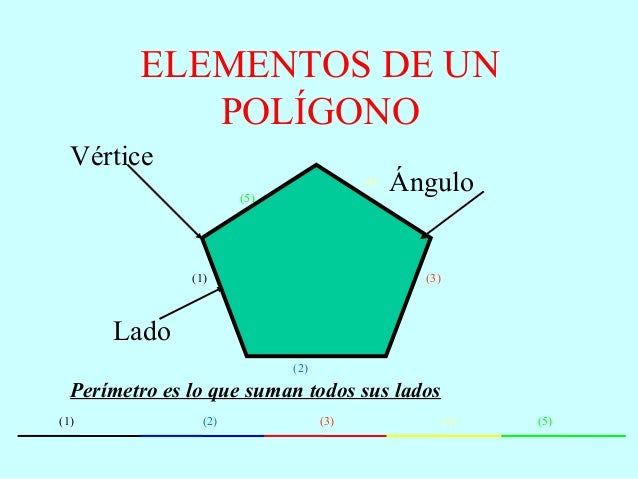TEMA 14: CUERPOS GEOMÉTRICOS
DEFINICIÓN Y CLASIFICACIÓN



============================================================
TEMA 13: POLÍGONOS
POLÍGONOS REGULARES

CLASIFICACIÓN DE LOS POLÍGONOS
SEGÚN EL NÚMERO DE LADOS
DIFERENCIA ENTRE PERÍMETRO Y ÁREA

============================================================
TEMA 12: RECTAS Y ÁNGULOS
TIPOS DE LÍNEAS
REPASAMOS
------------------------------------------------------------------------
SIMETRÍA
------------------------------------------------------------
TRASLACIÓN
ACTIVIDAD INTERACTIVA

-------------------------------------------------------------------------------------------------------------------
TEMA 11: UNIDADES DE CAPACIDAD Y MASA
UNIDADES DE CAPACIDAD
TEMA 10: UNIDADES DE LONGITUD



DEFINICIÓN Y CLASIFICACIÓN
ELEMENTOS DE LOS CUERPOS GEOMÉTRICOS



============================================================
TEMA 13: POLÍGONOS
POLÍGONOS REGULARES

CLASIFICACIÓN DE LOS POLÍGONOS
SEGÚN EL NÚMERO DE LADOS
DIFERENCIA ENTRE PERÍMETRO Y ÁREA

============================================================
TEMA 12: RECTAS Y ÁNGULOS
TIPOS DE LÍNEAS
LÍNEAS Y RECTAS
REPASAMOS
ACTIVIDAD INTERACTIVA (Pincha en el enlace)
Rectas, semirrectas y segmentos, una ficha interactiva de emmavas
liveworksheets.com
-------------------------------------------------------------------------------------
--------------------------------------------------------------------------------------------------
ÁNGULOS
TIPOS DE ÁNGULOS
REPASAMOS
SIMETRÍA
------------------------------------------------------------
TRASLACIÓN
ACTIVIDAD INTERACTIVA

-------------------------------------------------------------------------------------------------------------------
TEMA 11: UNIDADES DE CAPACIDAD Y MASA
UNIDADES DE CAPACIDAD
La unidad de CAPACIDAD principal es el LITRO (l).
Las unidades más pequeñas que el litro se llaman
submúltiplos y son:
decilitro (dl)
centilitro (cl)
mililitro (ml)
1l = 1 x 10= 10 dl
1l = 1 x 100 = 100 cl
1l = 1 x 1000 = 1000 ml
Las unidades mayores que el litro se llaman
múltiplos y son:
decalitro (dal)
hectolitro (hl)
kilolitro (Kl)
UNIDADES DE MASA
La unidad de CAPACIDAD principal es el GRAMO (g).
Las unidades más pequeñas que el gramo se llaman
submúltiplos y son:
decigramo (dg)
centigramo (cg)
miligramo (mg)
1g = 1 x 10= 10 dg
1g = 1 x 100 = 100 cg
1g = 1 x 1000 = 1000 mg
Las unidades mayores que el gramo se llaman
múltiplos y son:
decagramo (dag)
hectogramo (hg)
kilogramo (Kg)
Unidades de masa
===============================================================
La unidad de longitud principal es el METRO (m).
Las unidades más pequeñas que el metro se llaman submúltiplos y son:
Decímetro (dm)
Centímetro (cm)
Milímetro (mm)

1m = 1 x 10= 10 dm
1m = 1 x 100 = 100 cm
1m = 1 x 1000 = 1000 mm
Las unidades mayores que el metro se llaman múltiplos y son:
Decámetro (dam)
Hectómetro (hm)
Kilómetro (Km)

1m = 1: 10 = 0,1 dam
1m = 1: 100 = 0,01 hm
1m = 1 : 1000 = 0,001 km
Para convertir una unidad de longitud en otra hay que tener muy en cuenta en qué unidad estamos y en cuál queremos convertirla. Cada salto es un cero más.

Al bajar multiplicamos

Al subir dividimos
PASAR DISTINTAS UNIDADES
PARA EXPRESARLAS EN UNA


---------------------------------------------------------------------------------------------------------
DIVISIONES CON DOS CIFRAS
EN EL DIVISOR
CUERPOS GEOMÉTRICOS
Enlace: ¿Cúales son poliedros?
Enlace: Partes de los poliedros.
Vídeos para repasar.
POLÍGONOS
PASAR DISTINTAS UNIDADES
PARA EXPRESARLAS EN UNA


---------------------------------------------------------------------------------------------------------
DIVISIONES CON DOS CIFRAS
EN EL DIVISOR
CUERPOS GEOMÉTRICOS
Enlace: ¿Cúales son poliedros?
Enlace: Partes de los poliedros.
POLÍGONOS
Enlace para repasar: Los elementos del polígono.
Enlace para repasar: Los polígonos y su clasificación.
Enlace para repasar jugando: Juego sobre polígonos
Video explicativo: Clases de polígonos















No hay comentarios:
Publicar un comentario